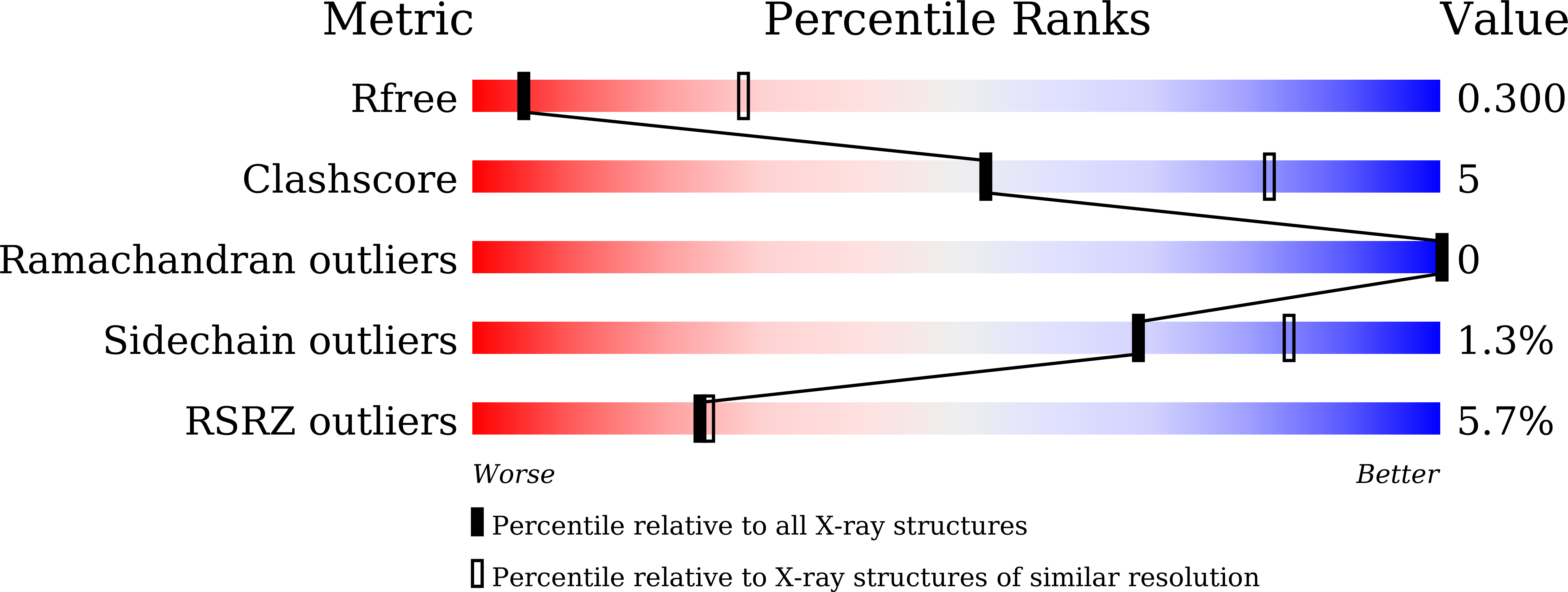
Deposition Date
2023-12-22
Release Date
2024-07-10
Last Version Date
2024-11-06
Entry Detail
PDB ID:
8XK2
Keywords:
Title:
A neutralizing nanobody VHH60 against wt SARS-CoV-2
Biological Source:
Source Organism:
Severe acute respiratory syndrome coronavirus 2 (Taxon ID: 2697049)
synthetic construct (Taxon ID: 32630)
synthetic construct (Taxon ID: 32630)
Host Organism:
Method Details:
Experimental Method:
Resolution:
3.40 Å
R-Value Free:
0.30
R-Value Work:
0.25
R-Value Observed:
0.25
Space Group:
P 2 2 21


